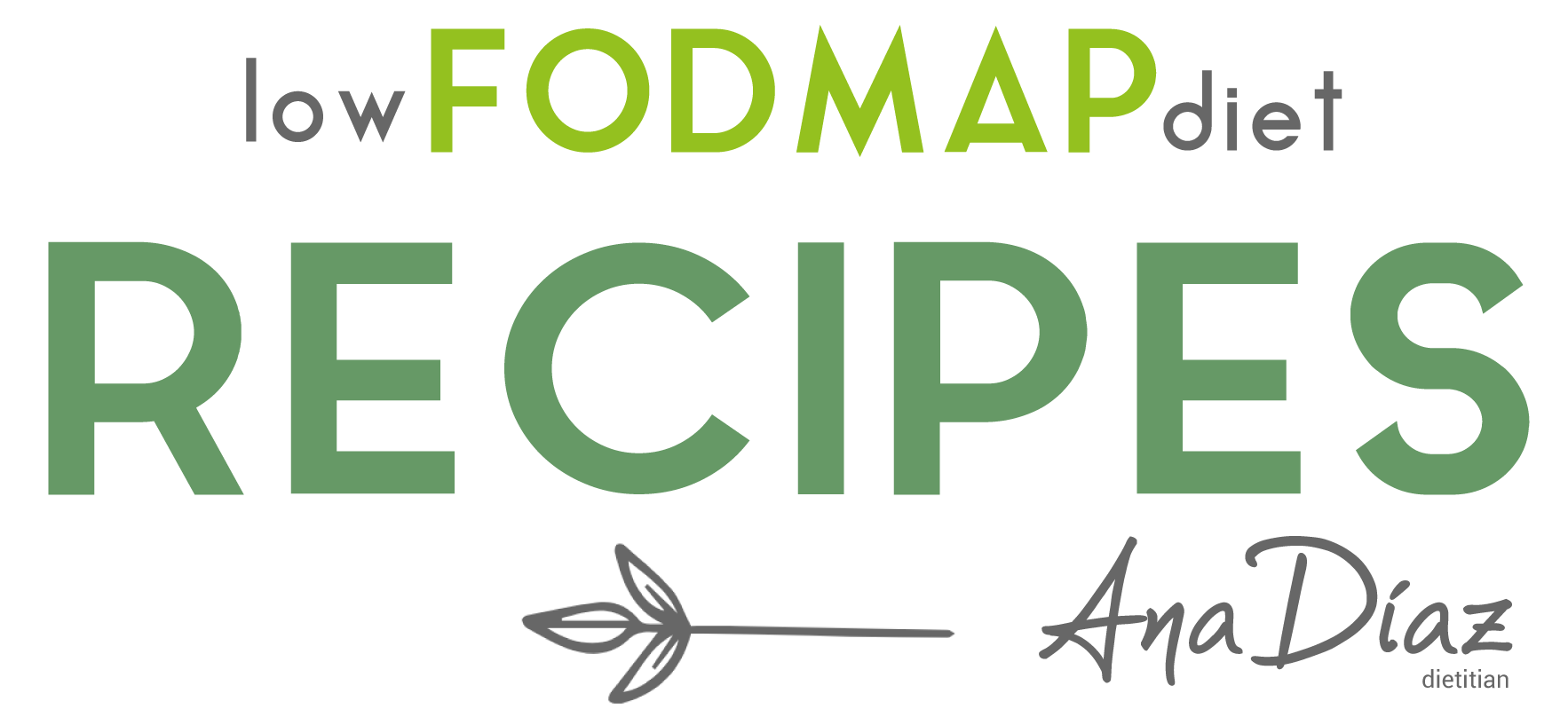How the Harvard Plate Helps You Keep a Balanced Diet
The Harvard Plate’s visual nature makes it accessible and adaptable to anyone looking to eat healthily. By focusing on proportions rather than strict portions, it encourages flexibility and variety in your diet. Here are some key ways the Harvard Plate can help you maintain balance:
Promotes Nutrient Variety: Each section of the Harvard Plate encourages a different type of nutrient. Fruits and vegetables provide fiber and essential vitamins; grains supply carbohydrates and energy; proteins aid in muscle repair and hormone regulation. This balance means you’re more likely to meet your nutritional needs without overcomplicating things.
Reduces Overeating and Empty Calories: The Harvard Plate focuses on whole foods, which are generally more filling and nutrient-dense than processed foods. By filling half your plate with fruits and vegetables, you get more volume and nutrients without overloading on calories. This is particularly helpful if you’re trying to manage your weight or reduce snacking between meals.
Supports Flexibility in Food Choices: The Harvard Plate doesn’t dictate exact foods, allowing you to tailor your meals to personal preferences, dietary needs, and cultural foods. Whether you prefer quinoa, brown rice, chickpeas, or tofu, the plate can be adapted to include your favorite foods while keeping balance.
How to Use the Harvard Plate in Different Eating Scenarios
Now that you understand the basics, let’s talk about how to apply the Harvard Plate to your meals. Whether you’re eating from one plate or two, this guide can help you visualize balanced meals with ease.
Scenario 1:
The Harvard Plate on One Plate
When you’re eating on one plate, divide it into sections right on your plate. Here’s how:
Fill half of your plate with vegetables and fruits: Start by adding your veggies and fruits first. This helps set up the plate and makes it visually clear that they’re the main feature of your meal. Leafy greens, colorful veggies, and a small serving of fruit will give your meal volume and variety.
Add a serving of whole grains: Allocate one quarter of your plate to whole grains. This could be brown rice, a slice of whole-grain bread, or a small portion of pasta. Whole grains are rich in fiber and help keep your energy steady throughout the day.
Add your protein source: The final quarter of your plate is for protein. This could be a piece of grilled chicken, a handful of chickpeas, or a few slices of tofu. Including a variety of proteins throughout the week is beneficial for overall health.
Incorporate healthy fats: Although it doesn’t get its own section, healthy fat can be added as a topping or a side. For example, drizzle olive oil on your veggies, add avocado, or sprinkle some seeds over your salad.
Scenario 2:
The Harvard Plate on Two Plates
If you prefer to eat from multiple plates or courses, you can still use the Harvard Plate concept. Think of it as organizing each food group rather than everything needing to be physically on one plate:
Separate Fruits and Vegetables on a Side Plate: If you’re having a main dish and a side, try placing your vegetables and fruits on the side plate. This could mean a mixed salad, steamed veggies, or a small fruit salad. Filling this plate halfway with veggies is a great way to maintain balance.
Main Plate with Grains and Protein: On your main plate, split it into two parts for grains and protein. For example, a serving of quinoa or whole-wheat pasta on one side, and grilled chicken or lentils on the other.
Add Healthy Fats in the Right Places: If you’re using dressing or adding nuts, consider adding it to your side plate with the veggies or sprinkling some seeds on your main plate. If you’re serving avocado or cheese, add it sparingly to keep fats balanced.
Using two plates or courses can make the meal feel more dynamic and give you the chance to create more interesting combinations. It’s a great approach if you like variety or want to savor each part of your meal.
Tips for Success with the Harvard Plate
1. Adapt the Harvard Plate to Your Dietary Preferences
Whether you’re vegan, vegetarian, or omnivorous, the Harvard Plate can be adapted to your needs. Instead of focusing on specific foods, think about the food groups: leafy greens, colorful veggies, whole grains, lean proteins, and healthy fats. For example, plant-based eaters can use beans, tofu, or tempeh as their protein source, while omnivores can enjoy fish, poultry, or eggs.
2. Use Seasonal Produce for Variety on your Harvard Plate
Keeping fruits and vegetables interesting and affordable is easier when you choose seasonal produce. Not only does this add variety to your plate, but it also supports a broader nutrient profile. For example, enjoy asparagus and strawberries in the spring, tomatoes and zucchini in the summer, and root vegetables like carrots and squash in the winter.
3. Keep the Harvard Plate Simple for Busy Days
If you’re short on time, remember that balance doesn’t mean complicated. A simple meal with leafy greens, grilled chicken, quinoa, and a drizzle of olive oil fits perfectly into the Harvard Plate model and can be prepared quickly. Batch cooking grains and proteins in advance can also make it easier to build balanced plates during the week.
Conclusion
The Harvard Plate is a flexible, accessible way to maintain a balanced diet without needing to track every detail. It helps you focus on the bigger picture of nutrition by balancing fruits and vegetables, whole grains, and proteins in each meal. Whether you’re enjoying a meal on one plate or two, this approach supports variety, balance, and a positive relationship with food.
With these tips, you’ll find it easier to build meals that nourish your body and support your health goals. The Harvard Plate makes balanced eating approachable, adaptable, and achievable for anyone looking to live a healthier, more vibrant life.


